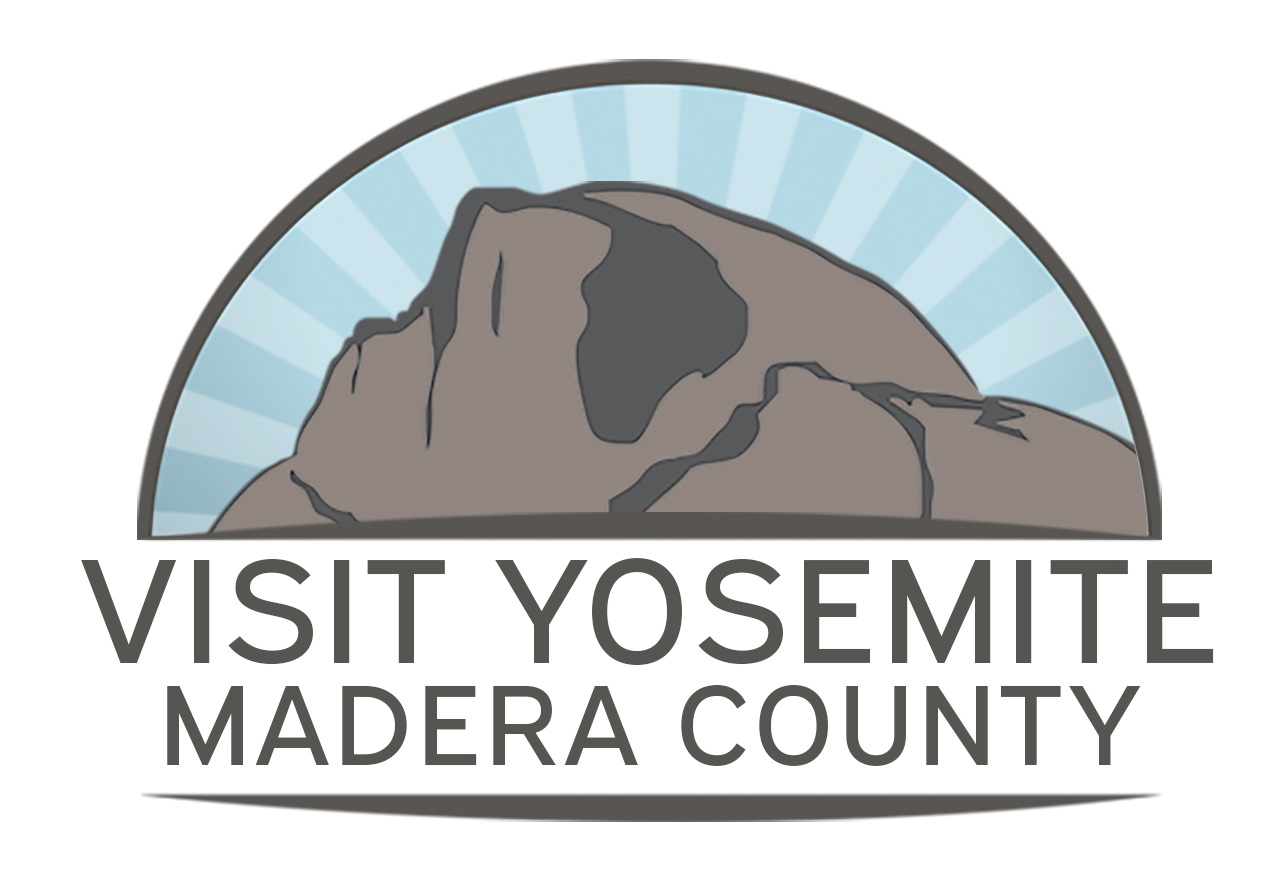Natural Events of a Yosemite Winter
Each season, Yosemite provides something special to see. In the spring, it’s all about the roaring waterfalls. Summertime is when you can explore the upper elevations in the park. For autumn, the valley and other meadows provide a fall foliage display of yellows and reds that must be seen in person. And when it comes to winter, there’s a host of things you can only enjoy during this time of year that are truly a sight to behold. Here’s some of our favorites. (Coyote photo courtesy of Nancy Robbins Photography)
Winter Phenomena of Yosemite Falls
 Upper Yosemite Fall with a frosty outline of ice
Upper Yosemite Fall with a frosty outline of ice
Snow Cone on Upper Yosemite Fall
Every year at the base of the Upper Yosemite Fall, a mound of snow and ice forms that resembles an upside-down snow cone. We’re not talking a few feet, but rather in the coldest years, it forms into one that’s HUNDREDS of feet tall.

Frazil Ice
 Frazil Ice in Yosemite Creek
Frazil Ice in Yosemite Creek
Another phenomenon that happens on Yosemite Creek is frazil ice. What is frazil ice? It's defined as "a collection of loose random ice crystals formed by supercooled turbulent water". Truth is the definition doesn’t even begin to paint a picture of just how “cool” it is. Imagine the world’s biggest slushy machine and that’s what frazil ice looks like. Due to Yosemite Falls' massive flow, it creates these ice crystals which aren’t ice or snow, but a concoction that’s something in between. One word: Awesome! Note - while conditions, and timing, can and do very significantly year-to-year, frazil ice most typically forms in late winter/early spring. Late March to April seem to be peak time frames but frazil ice can occur during Fall, Winter, and Spring months when the conditions, there is relatively high flow over waterfalls and Yosemite Valley has overnight lows below freezing, are present. Yosemite Creek is not the only place to possible see frazil ice. It has been seen on Ribbon Creek, and Sentinel Creek as well as other places in the valley.
Coyotes & Snow – A Natural Ballet of Hunting
 Image sequence of Coyote mousing in Yosemite by Nancy Robbins
Image sequence of Coyote mousing in Yosemite by Nancy Robbins
Just like other animals that are awake during the shorter days of winter, coyotes grow a nice fluffy coat to help them survive the cold. During this period, they are constantly on the move. Roaming up to 100 square miles searching for food, the blanket of white makes it more difficult for them to catch the small mammals they hunt. This is because these critters take full advantage of all that snow, living and moving around in a rich, active area between the snow and the ground known as the subnivean zone (What's the subnivean zone you ask? Check out this great piece by Yosemite Conservancy). It's a blanket that provides insulation (snow may be cold but it is also a great insulator) and cover against many predators. Coyotes aren't out of luck during the winter months though. They have mastered a technique that’s called “mousing.”
What Is Mousing
Being strong diggers with amazing hearing and a sense of smell like a blood hound, coyotes are able to find a gopher, ground squirrel, vole, or mouse deep within the snowpack. And when the top of the snow is firm, that’s when it gets interesting. This canine will rear its legs into the air and slam its front paws breaking through the firm layer. Then using its nose and paws, it will locate and catch its prey. An impressive and effective hunting technique.
Snow Bathing Ravens
Did you know that when it comes to intelligence, ravens rank up there with chimpanzees and dolphins? In fact, they’re known to communicate to coyotes of potential live prey or carrion so that they both can benefit. After a raven has eaten its fair share, they’ll clean themselves with a good bath... especially after it snows. A unique sight to keep your eyes peeled for in the wintery months.
So, grab that coat. Throw on some gloves. Put on your hat and visit Yosemite in the winter to see all the wondrous sights and sounds that only this season can provide.
 Pair of Ravens in conversation during snowfall in Yosemite. Photo by Steve Montalto/HighMountian Images
Pair of Ravens in conversation during snowfall in Yosemite. Photo by Steve Montalto/HighMountian Images
______________________________________________________________________________________
Like what you see? Save any of these pins (or possibly all of them) to your travel planning board(s) to give you an easy way to find your way back here! Also check out our other blog posts as well as itineraries for more ideas and pins!
About The Author:
Alex founded localfreshies.com® in 2014 to be the #1 website providing the “local scoop” on where to eat, drink & play in mountain towns throughout North America. When he’s not writing and executing marketing strategies for small businesses & agencies, he’s in search of the deepest snow in the winter and tackiest dirt in the summer.









 Alex Silgalis
Alex Silgalis


